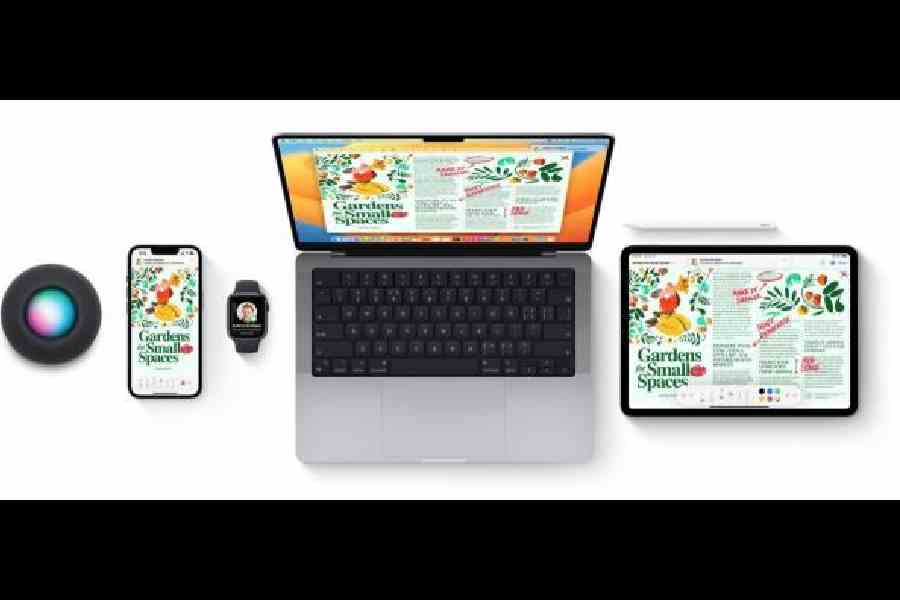At its 2014 Worldwide Developers Conference, Apple teased a new programming language called Swift, several new features for its devices and something special… something every tech company today is trying to achieve — Continuity across devices. After all, it’s better together… like all that experience of limerence on Valentine’s Day.
Continuity comprises a slew of features that show off the power of Apple’s tight hardware and software ecosystem. Of course, it’s best seen when you work across a bunch of Apple devices.
Let me give you an example — Continuity camera. If you want to improve video quality during calls over FaceTime, Webex or Zoom, the camera on the iPhone is the best device. All you have to do is lock your iPhone, keep it horizontal and steady behind your display using a mount or a pile of books, and suddenly you have a high-quality camera. Basically, you can use your iPhone as a web camera for any Mac using the Continuity camera function.
It brings us to Handoff, which lets you seamlessly continue your work across devices. So you start doing something on your Mac, you open your iPhone, you go to the multitasking screen, and you can tap on a little bubble and whatever you are writing, you can keep at it on your phone. Or, if you’re reading an article on your phone and you sit down at your Mac… you’ll see an extra Safari icon on the right side of the dock. Click it and it’ll instantly bring up the same window.
Equally interesting is Universal Control or using the keyboard, mouse or trackpad of your Mac to control up to two other nearby Mac or iPad devices, and work between them seamlessly.
Anytime there are two Macs or a Mac and an iPad sitting next to each other on the desk, use the keyboard and trackpad directly in front of you to control both. All you have to do is move the mouse to the edge of the screen and just sort of keep pushing and it’ll break free to the other device. Once that happens, both the mouse and the keyboard from one Mac control both Macs. You can even drag files between the two computers to move them around as long as both devices are signed into the same Apple ID.
In 2014, when the feature was discussed, it was something unique. The vision of having multiple — but connected — screens has been in the works for long. People would be more likely to use new devices if each device worked the same as any other device they already had.
For most people in their 50s, they have had to deal with one or two computing screens, like the personal computer and a phone. That has changed. Our digital lives have become complicated and we switch between a personal computer, tablet, phone and smartwatch. Instead of having different learning curves for each device, Continuity helps.
Even today, most brands fail to offer a seamless experience across their devices; these have little awareness of those around them. As ecosystems expand, continuity-like features become a complex issue unless enough investments are made in the software department.
For Apple, Continuity even expands to the clipboard. If you have some information on your phone and you want the thing on your Mac, you don’t have to email or text it to yourself. Just copy it on your iPhone and paste it on your Mac; it’s that simple. You don’t have to retype passwords, you don’t have to send yourself pictures.
Continuity also involves the Mac and Apple Watch. Get instant access to your Mac when wearing your Apple Watch, and quickly approve other requests to enter your Mac administrator password. Next use Continuity Sketch. With Continuity Sketch and Continuity Markup, you can use your iPad or iPhone to easily insert sketches into your Mac documents or perform live markup of PDFs and images on your Mac.
For consumers, this is a big deal. If you learned the user interface on one device, it works in a similar fashion on all of your other Apple devices. Apple has been able to deliver Continuity-related features for well over a decade because people tend to own a number of devices from the company. It’s important to have the right device for the moment. Continuity makes the transitions between devices easier and makes us feel a little bit of tech love.











